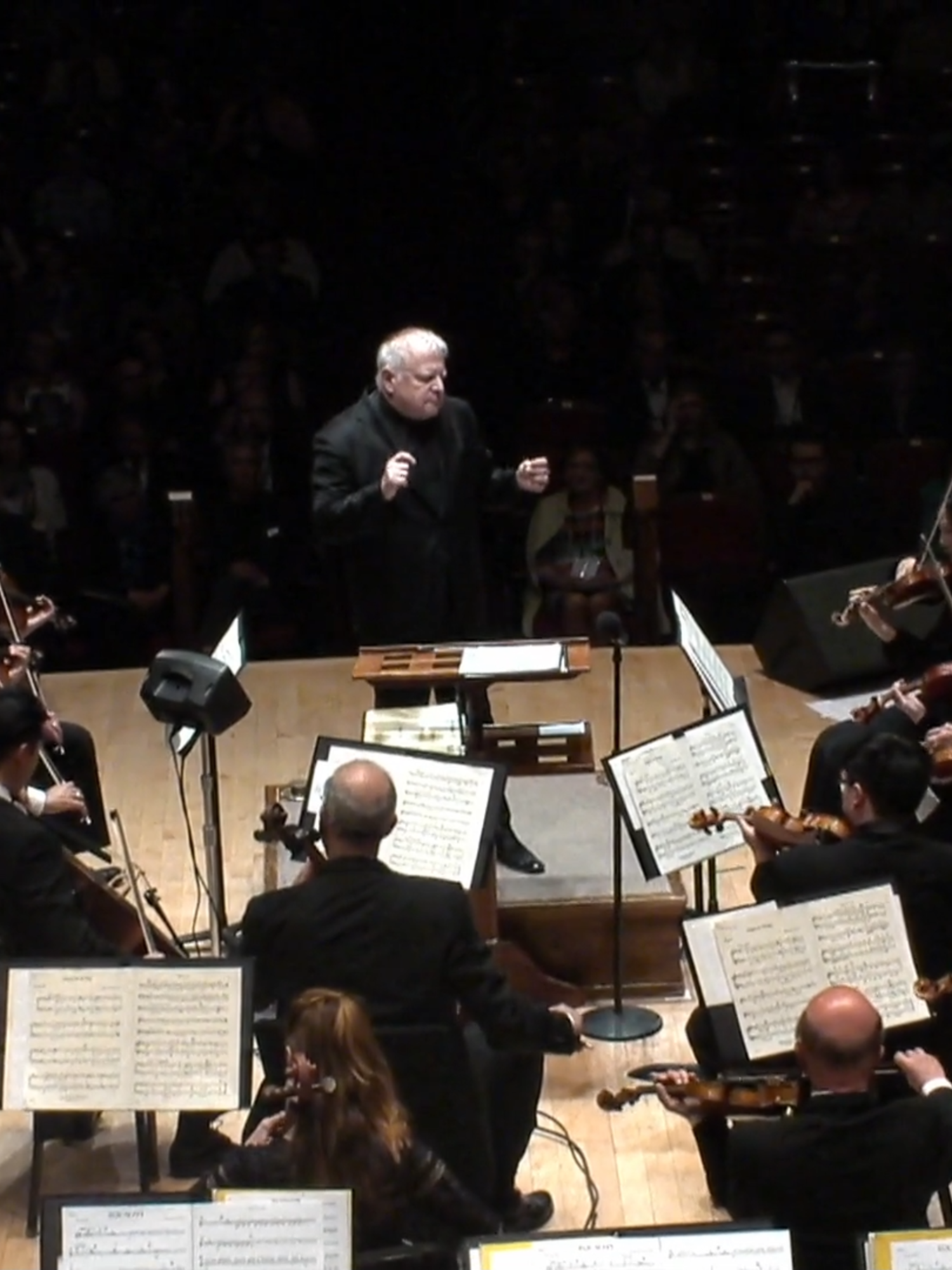Addy Aldridge
Region: US
Tuesday 22 July 2025 21:11:56 GMT
5671
459
3
2
Music
Download
Comments
mmadison.moore :
The pockets comment made me lol
2025-07-23 01:40:59
1
laney spevacek🩷🛍️🌸🌷🎀 :
Waiting for my dresses in fear….
2025-07-22 21:46:41
1
laney spevacek🩷🛍️🌸🌷🎀 :
Alterations better work🤣
2025-07-22 21:46:55
1
To see more videos from user @addya888, please go to the Tikwm
homepage.





